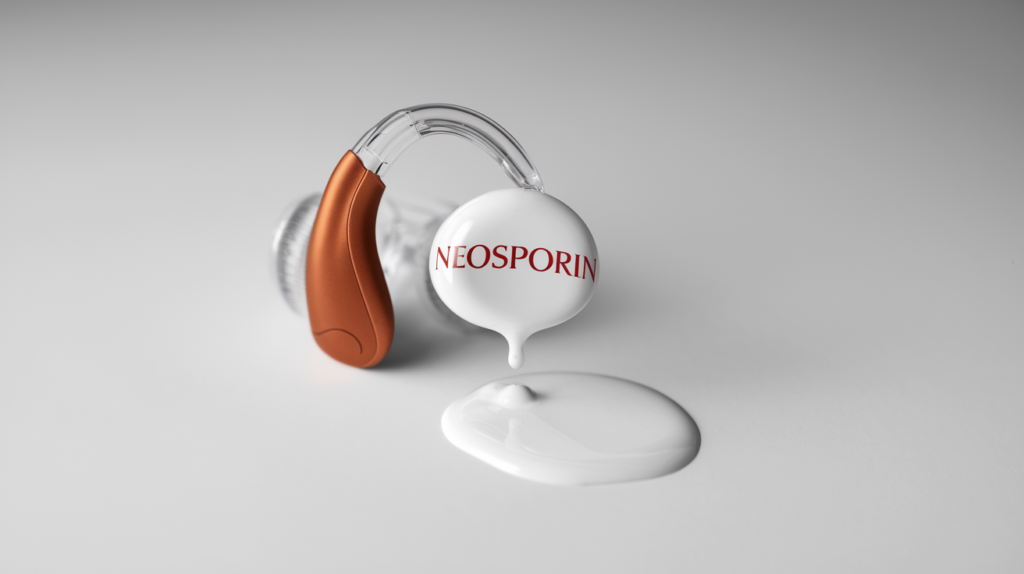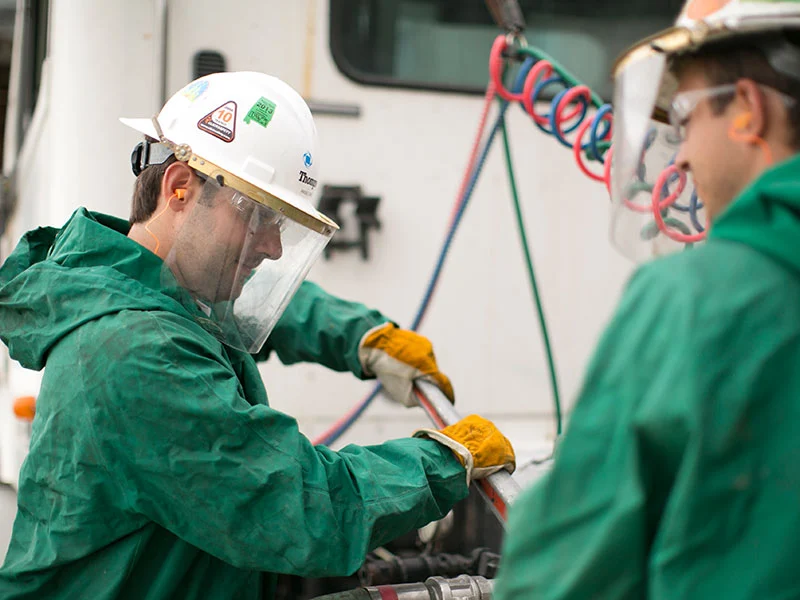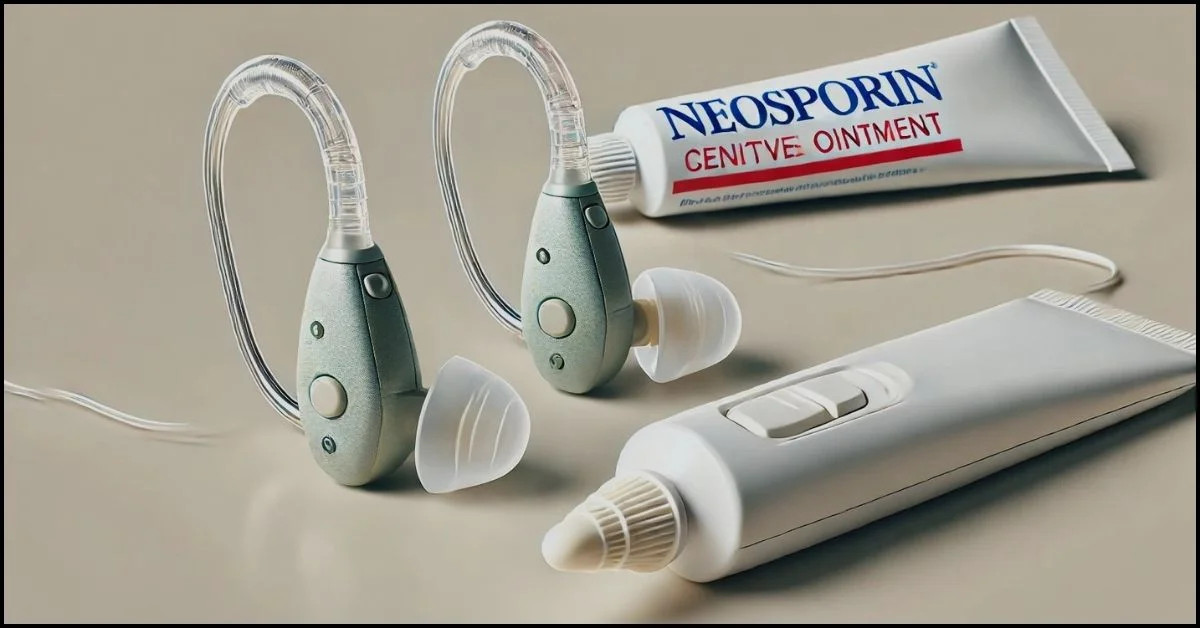Introduction
Hearing aids play a vital role in enhancing the lives of millions, providing the gift of sound to those with hearing loss. For many users, these devices are not just tools but essential components of their daily lives. With this significance comes the responsibility of maintaining their cleanliness and functionality. One common question arises: “Can I use Neosporin in my hearing aid domes?” This inquiry often stems from a desire to ensure hygiene and prevent infections. In this comprehensive guide, we will explore this topic in depth, answering this question and providing valuable insights into the proper care of hearing aids and their components.
Understanding Hearing Aid Domes
What Are Hearing Aid Domes?
Hearing aid domes are small silicone or rubber tips attached to the end of hearing aids that fit into the ear canal. They serve several critical purposes, including:
- Comfort: Domes help secure the hearing aid in place, providing a comfortable fit for extended wear.
- Sound Quality: The design of the dome allows for better sound transmission, ensuring users receive clear audio signals.
- Hygiene Barrier: Domes act as a protective barrier, preventing earwax and moisture from entering the hearing aid itself.
Over time, hearing aid domes can accumulate dirt, wax, and moisture, necessitating regular cleaning to maintain both hygiene and performance.
The Importance of Regular Maintenance
Regular maintenance of hearing aids, particularly the domes, is crucial for several reasons:
- Prevention of Infections: Dirty domes can harbor bacteria and fungi, leading to ear infections or irritations.
- Optimal Sound Quality: Buildup of wax or debris can muffle sound, affecting the overall performance of the hearing aid.
- Comfort: Regular cleaning ensures that the domes remain comfortable to wear, preventing any irritation from accumulated debris.
Now, let’s address the specific question at hand.
Can I Use Neosporin in My Hearing Aid Domes?

The direct answer to the question “Can I use Neosporin in my hearing aid domes?” is no. While Neosporin is a well-known topical antibiotic ointment that helps prevent infections in minor cuts and abrasions, it is not suitable for use in hearing aid domes. Here are several reasons why:
1. Chemical Reactions
Neosporin contains active ingredients that may not be compatible with the materials used in hearing aid domes. The primary components—neomycin, polymyxin B, and bacitracin—are effective for skin but may degrade the silicone or rubber used in the domes over time. This degradation could compromise the integrity and functionality of the hearing aids.
2. Blockage of Sound
Applying Neosporin or any ointment to your hearing aid domes can create a film over the surface. This film may interfere with sound transmission, potentially muffling audio signals and reducing the effectiveness of the hearing aids. Sound quality is crucial for users to fully experience their surroundings, and any hindrance can negatively impact their daily lives.
3. Moisture Issues
Neosporin has a greasy texture that can attract and retain moisture. This moisture can create an ideal environment for the growth of mold and bacteria within the hearing aid, leading to further complications. Keeping your hearing aids dry is essential for their longevity and performance.
4. Potential Allergic Reactions
Some individuals may experience allergic reactions to the ingredients in Neosporin. Applying it to hearing aid domes can lead to irritation, redness, or discomfort in the ear canal, which is the opposite of the intended effect of preventing infections.
Safe and Effective Alternatives for Cleaning Hearing Aid Domes
Since Neosporin is not a viable option for cleaning hearing aid domes, let’s explore safe and effective alternatives. Regular cleaning is essential for maintaining hygiene and ensuring optimal performance of your hearing aids.
1. Mild Soap and Water
Using a mild soap solution is one of the safest ways to clean your hearing aid domes. Here’s how to do it:
- Prepare the Solution: Mix a few drops of gentle soap with warm water in a bowl.
- Wipe the Domes: Soak a soft cloth or cotton swab in the solution. Gently wipe the surfaces of the domes, ensuring you remove any wax or debris.
- Rinse and Dry: Rinse the domes thoroughly with clean water to remove any soap residue. Allow them to air dry completely before reattaching them to the hearing aid.
2. Alcohol Wipes
For those who prefer a quicker solution, alcohol wipes can effectively disinfect hearing aid domes. Here’s how to use them:
- Choose the Right Wipes: Ensure the alcohol wipes are not overly wet to prevent excess moisture from damaging the hearing aid.
- Gently Wipe the Domes: Use the wipe to clean the domes, removing any dirt or wax buildup.
- Allow to Air Dry: Let the domes air dry before using the hearing aid again.
3. Vinegar Solution
A vinegar solution can be an effective natural disinfectant. Follow these steps:
- Mix the Solution: Combine equal parts white vinegar and water in a bowl.
- Soak the Domes: Briefly soak the domes in the vinegar solution, ensuring they are fully submerged.
- Rinse Thoroughly: After soaking, rinse the domes with clean water and allow them to dry completely.
4. Specialized Hearing Aid Cleaners
There are also specialized hearing aid cleaning kits available that include tools and solutions designed specifically for hearing aid maintenance. These kits often come with soft brushes, wax pickers, and cleaning sprays that are safe for use with hearing aids.
Frequency of Cleaning
Regular cleaning is essential to maintaining the hygiene and functionality of hearing aid domes. Here’s a suggested cleaning schedule:
Daily Cleaning
- Quick Wipe Down: Each day, take a moment to wipe the domes with a dry cloth to remove moisture and any debris. This daily maintenance can prevent buildup and extend the life of your hearing aids.
Weekly Deep Clean
- Thorough Cleaning: Once a week, perform a more thorough cleaning using one of the methods mentioned above. This will help prevent earwax buildup and keep the domes hygienic.
Monthly Replacement
- Replacing Domes: Depending on usage and care, it’s generally recommended to replace your hearing aid domes every three to six months. Regular replacement ensures that the domes remain effective and comfortable.
Additional Tips for Hearing Aid Care
Taking care of your hearing aids extends beyond just cleaning the domes. Here are some additional tips to ensure they remain in optimal condition:
1. Keep Them Dry
Moisture is one of the leading causes of hearing aid malfunction. Here are some ways to keep your hearing aids dry:
- Store Properly: When not in use, store your hearing aids in a cool, dry place. Consider using a dehumidifier specifically designed for hearing aids to absorb any moisture.
- Avoid High Humidity: If possible, avoid wearing your hearing aids in highly humid environments, such as saunas or during vigorous exercise.
2. Avoid Hair Products
Hair sprays, gels, and other styling products can clog the microphones of hearing aids, affecting sound quality. When styling your hair, consider removing your hearing aids temporarily to avoid any product buildup.
3. Regular Check-Ups
Scheduling regular appointments with your audiologist is essential for ensuring your hearing aids function correctly. Your audiologist can provide professional cleaning and maintenance, as well as address any concerns you may have.
4. Educate Yourself About Your Device
Understanding how your hearing aids work and how to maintain them is crucial for long-term use. Your audiologist can provide valuable resources and information about the specific care required for your devices.
User Experiences: Cleaning and Maintenance

To provide a well-rounded perspective, let’s consider the experiences of real users when it comes to cleaning their hearing aid domes. These insights highlight the importance of proper maintenance and the challenges faced by many users.
User Story 1: Maria’s Experience with Cleaning
Maria, a 62-year-old hearing aid user, shares her journey with cleaning her hearing aids. “At first, I didn’t realize how much earwax could build up on the domes. I would just wipe them down occasionally. But I started to notice that the sound quality was diminishing. After talking to my audiologist, I learned about the importance of daily cleaning. Now, I use a mild soap solution every week, and I always have alcohol wipes on hand for quick cleanings. My hearing aids work so much better now!”
User Story 2: John’s Mistake with Neosporin
John, a 54-year-old user, made the mistake of using Neosporin on his hearing aid domes, thinking it would help prevent infections. “I thought using Neosporin would be a good idea after I had a bit of irritation in my ear. Instead, it made everything worse. The sound became muffled, and I felt like my hearing aids were blocked. I quickly learned from my audiologist that Neosporin is not meant for that, and now I stick to proper cleaning methods.”
User Story 3: Sarah’s Daily Routine
Sarah, a 45-year-old teacher, has developed a daily routine for maintaining her hearing aids. “Every evening, I take out my hearing aids and wipe them down with a dry cloth. Once a week, I do a deeper clean with soap and water. I also avoid using hair products when I know I’ll be wearing them. My hearing aids have been reliable and comfortable, thanks to this routine!”
Conclusion
In summary, while the intention behind using Neosporin in hearing aid domes may be to promote hygiene and prevent infections, it is not a safe or effective option. Instead, adopting proper cleaning practices with mild soap, alcohol wipes, or specialized cleaners will ensure your hearing aids remain in optimal condition. Regular maintenance not only enhances the performance of your devices but also contributes to your overall ear health.
Taking the time to care for your hearing aids, including cleaning the domes, is an investment in your quality of life. By prioritizing hygiene and following safe practices, you can continue to enjoy the world of sound that hearing aids provide.
If you have further questions about hearing aid care or need personalized advice, don’t hesitate to reach out to your audiologist. They can guide you on the best practices tailored to your specific devices and needs.
